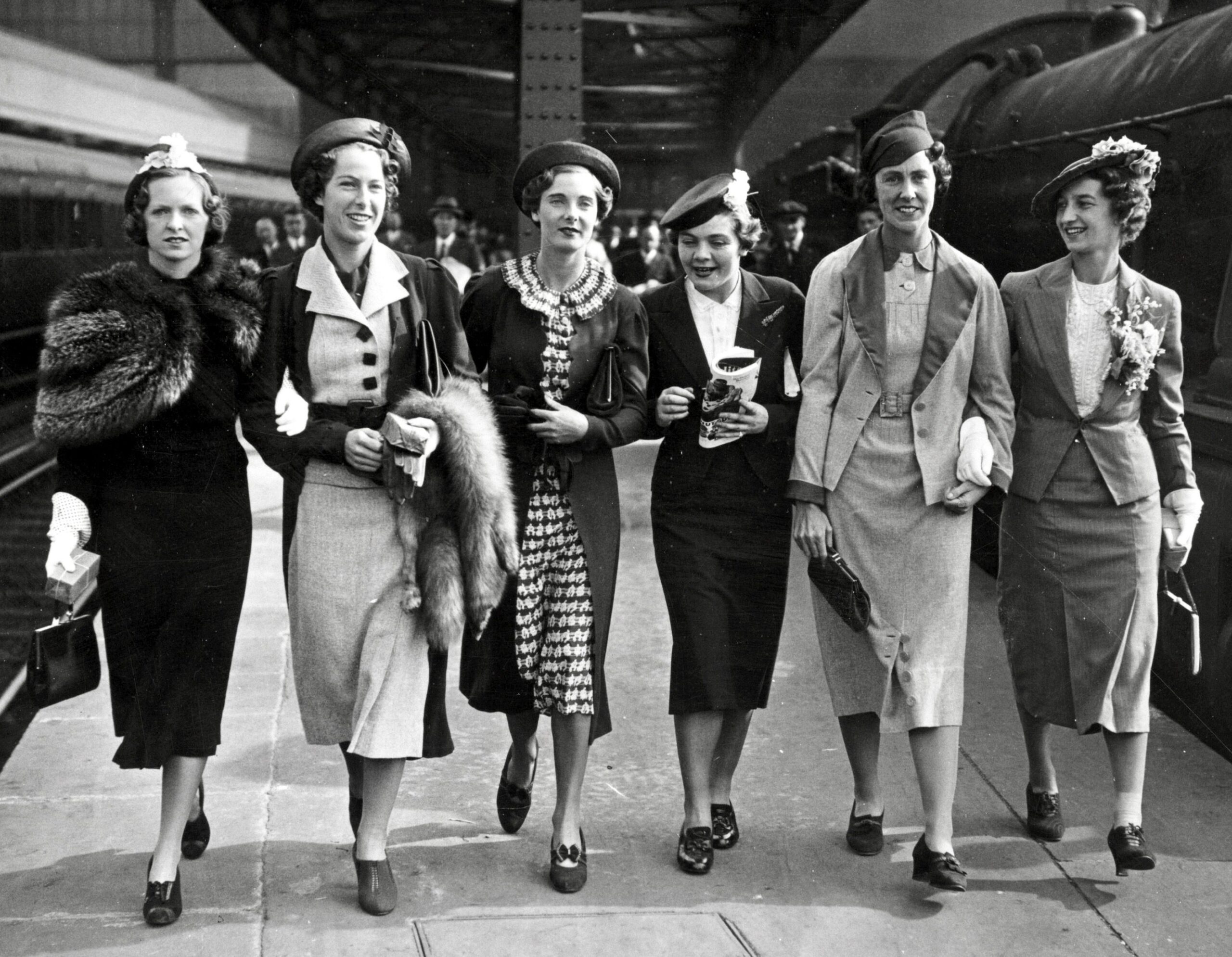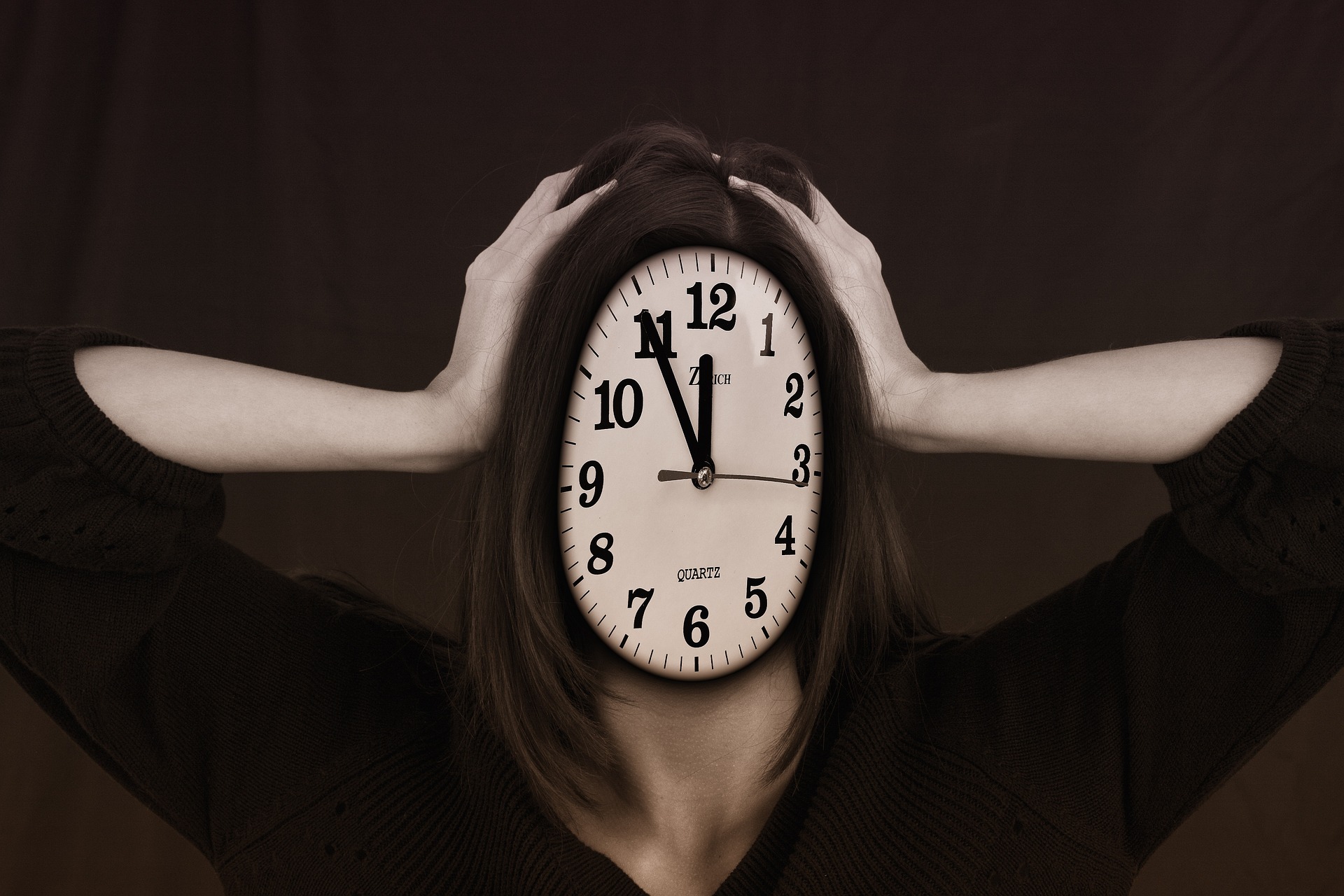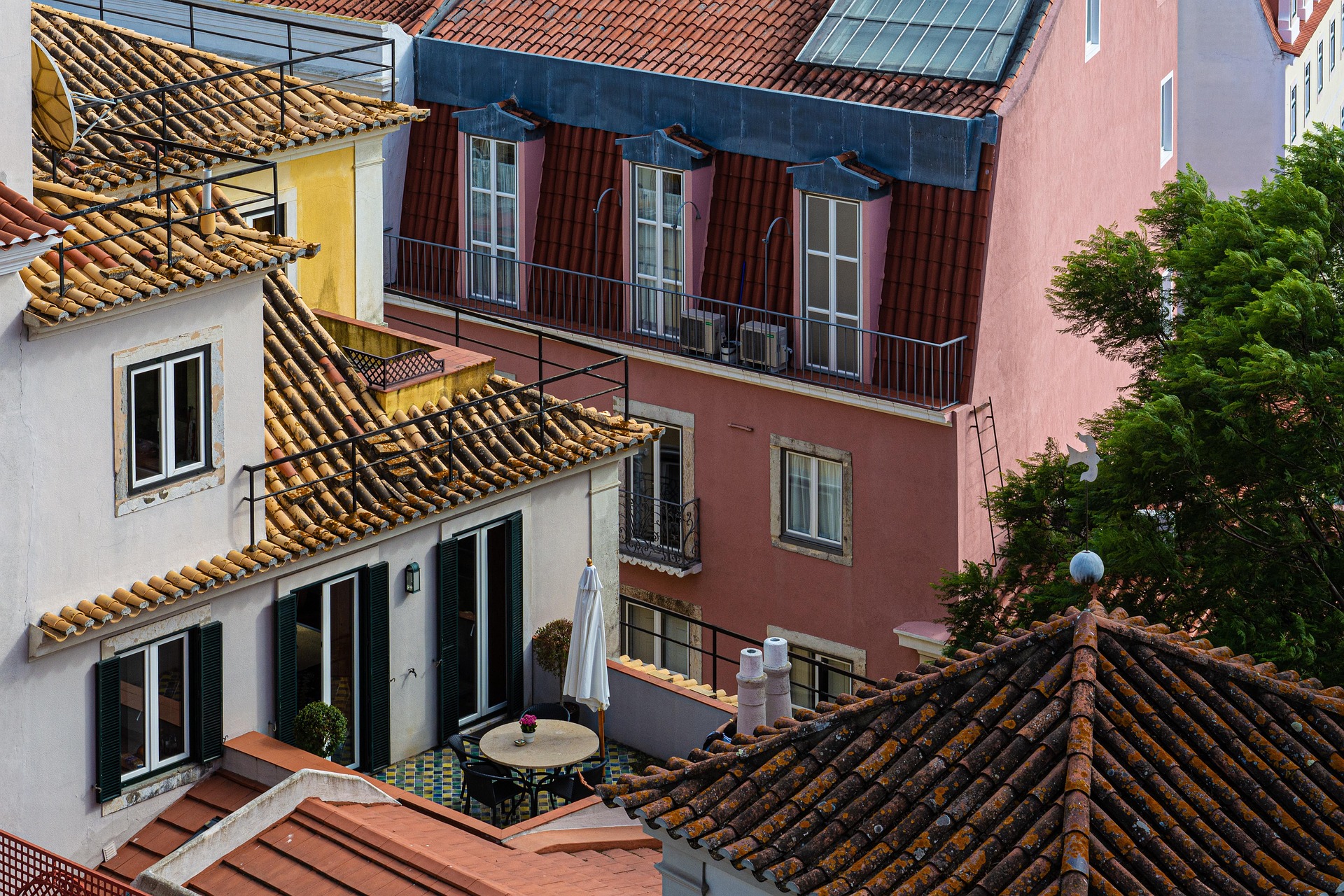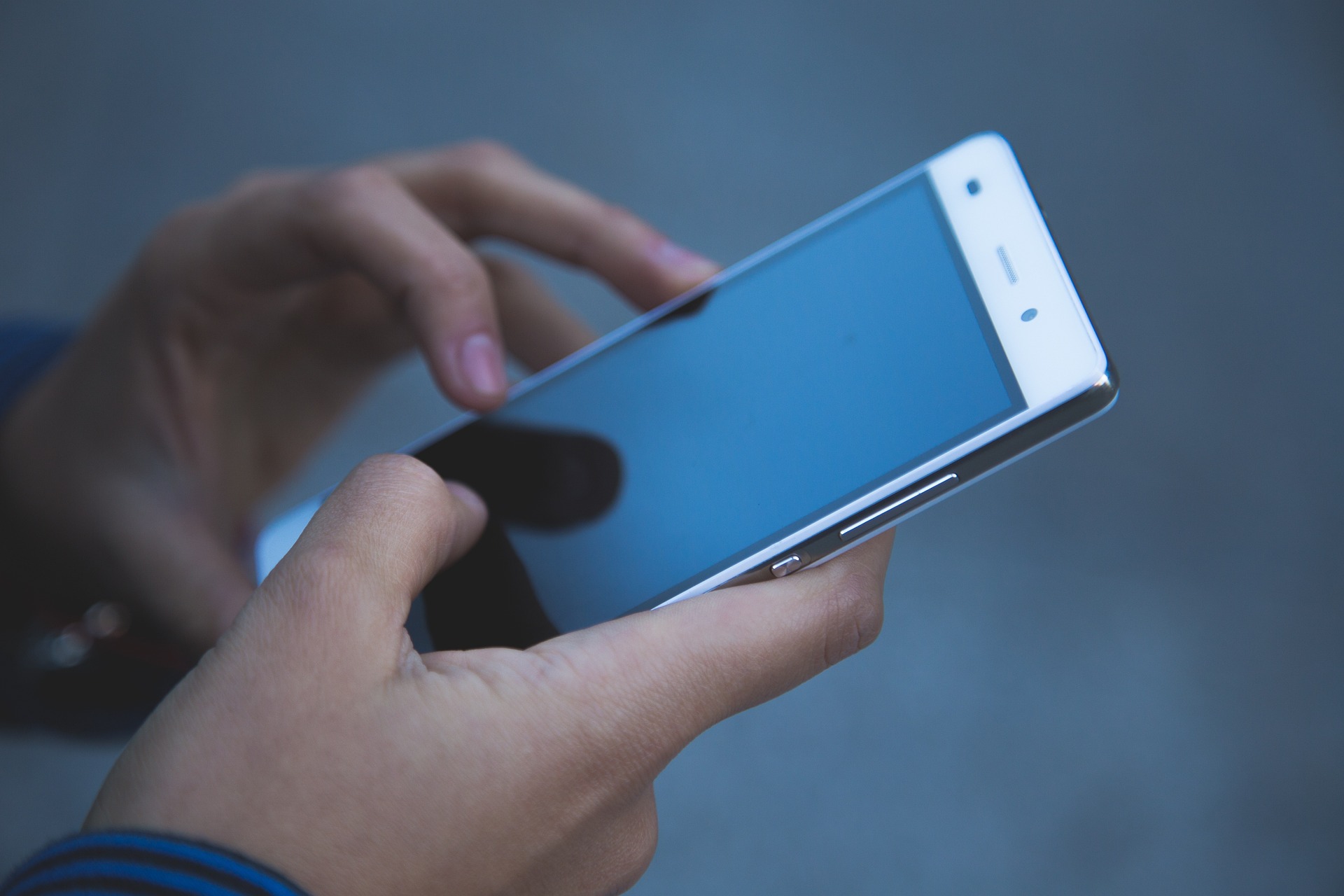Fashion is not something set in stone. It changes and adapts, morphing into whatever form the situation calls for. When the world feels as if it is falling apart, many perceive fashion to be a rock they can lean on. Fashion is not just the clothes you choose to wear or the way you style your hair. Fashion is a symbol; a symbol of resilience, community and resourcefulness, even in the face of crisis, no matter if it is during a recession or a pandemic.
Fashion During Crisis
Author: Eleftheria Manouras
The Great Depression
The Great Depression gave rise to a huge shift in fashion towards the end of the 1920s. With the rising cost of fabrics such as satin, lace and even cotton in a few areas, more economical and innovative fabrics such as nylon and rayon gained popularity, leading to the eventual abandonment of the boyish style of flappers and an increasing preference towards more feminine and form-fitting styles. Clothing became even more accessible as dress patterns were gaining more popularity, allowing women to sew fashionable designs from the comfort of their homes. New inventions like the zipper also contributed in simplifying the manufacturing of clothes, making it much more efficient and cheaper. The huge drop of prices during the 1930s gave all women, regardless of their class and socio-economic backgrounds, equal opportunities to remain stylish.
Hollywood glamour is another concept which truly thrived during the twentieth century. Yearning for an escape from reality, people turned to the stars of the silver screen for a way out. Many attempted to recreate the looks they saw in film, with looks such as Jean Harlow’s platinum blonde hair and Joan Crawford’s ruffled dress in “Letty Linton” becoming instant cultural phenomena. The latter became one of the most influential pieces of fashion of the decade with over 500,000 copies of the look being sold. People desired the picture-perfect lives they saw depicted in the movies, and fashion was the most accessible way of doing so.
The 2008 Recession
The early 2000s were characterized by bold colors, maximalist designs and tons of accessories. Being flashy and loud was the newest craze. However, when the recession hit, changes were seen almost instantly. Fun looks were traded in for more practical, minimalist styles prioritizing functionality over aesthetics. Bright colors were suddenly left behind as drab colors like black, beige and navy began to dominate the world of fashion. Clothes became simpler with less ornamentation.
People were looking for affordable yet trendy and stylish clothing. With that, fast fashion experienced a massive boom, with brands like Forever 21 and H&M becoming staples. Consumers were focused on low prices and more value for money over conscious consumption. Fashion was a way out of the doom and gloom of everyday life, and people wanted to keep up with current trends.
The COVID-19 Pandemic
The pandemic was a time of great unrest. The economy was struggling, and people were confused and afraid. There was a loss of stability in many aspects of the lives of all people, including fashion. From comfortable loungewear to bold alternative fashions, the pandemic saw hundreds of trends come and go.
As people were stuck indoors, comfort took center stage. With remote work and online school becoming the new norm, good loungewear was heavily prioritized. People once again came to prefer comfort and functionality, with muted colors also making a return. Hoodies, sweatpants and sweaters in neutral and toned-down colors became staples in many peoples’ wardrobes. Athletic wear also increased in popularity, as many people chose to use the pandemic as an opportunity to exercise more. Sleek and minimalistic athletic wear in neutral colors was becoming increasingly popular. Most of the mainstream fashion also shifted towards more casual looks with brands focusing on a more laidback look with brands such as Juicy Couture, famous for their soft tracksuits making a comeback. Even runways had been affected by this change. Brands like Prada and Bottega Veneta showed off simple looks with neutral colors and minimalistic styles as opposed to previous years.
On the other hand, more adventurous alternative fashions also saw a great rise in popularity, especially with teenagers during the height of the pandemic in 2020. Stuck at home and bored out of their minds, teens were now experimenting more than ever with their fashion choices. Colorful makeup paired with tons upon tons of accessories layered on top of each other was only one of the many eccentric trends which appeared during the time. Teenagers growing up during the pandemic were robbed of the ‘regular teenage experience’ and fashion was a way to account for that. It was their way to stay resilient during the tough times of the pandemic. Fashion allowed them to create a sense of community with other people dressing similarly who may have shared similar thoughts and feelings.
Naturally, with the numerous trends of the pandemic, a massive rise in fast fashion occurred. People were buying clothing in giant hauls just to keep up with the new micro-trend of the week. Sites like SHEIN witnessed an enormous rise in their profits with ethical consumption taking the back seat of consumers’ minds. Buying new clothes constantly and following the trends allowed individuals to feel in control despite the uncertain state of the world.
The Future of Fashion
Where do we go from here? The year is 2025 and the world once again feels as if it is on the verge of collapsing. More people than ever are feeling lost. Fashion will certainly evolve to reflect the prevailing mood. However, we should not take this as a sign to give up. We must persevere. We must keep our heads up high in the face of the adversity we are facing and hopefully, instead of conveying feelings of loss and grief, fashion will present a story of resilience and hope.
Cover Image by: Unknown
Edited by: Marina Varnava



